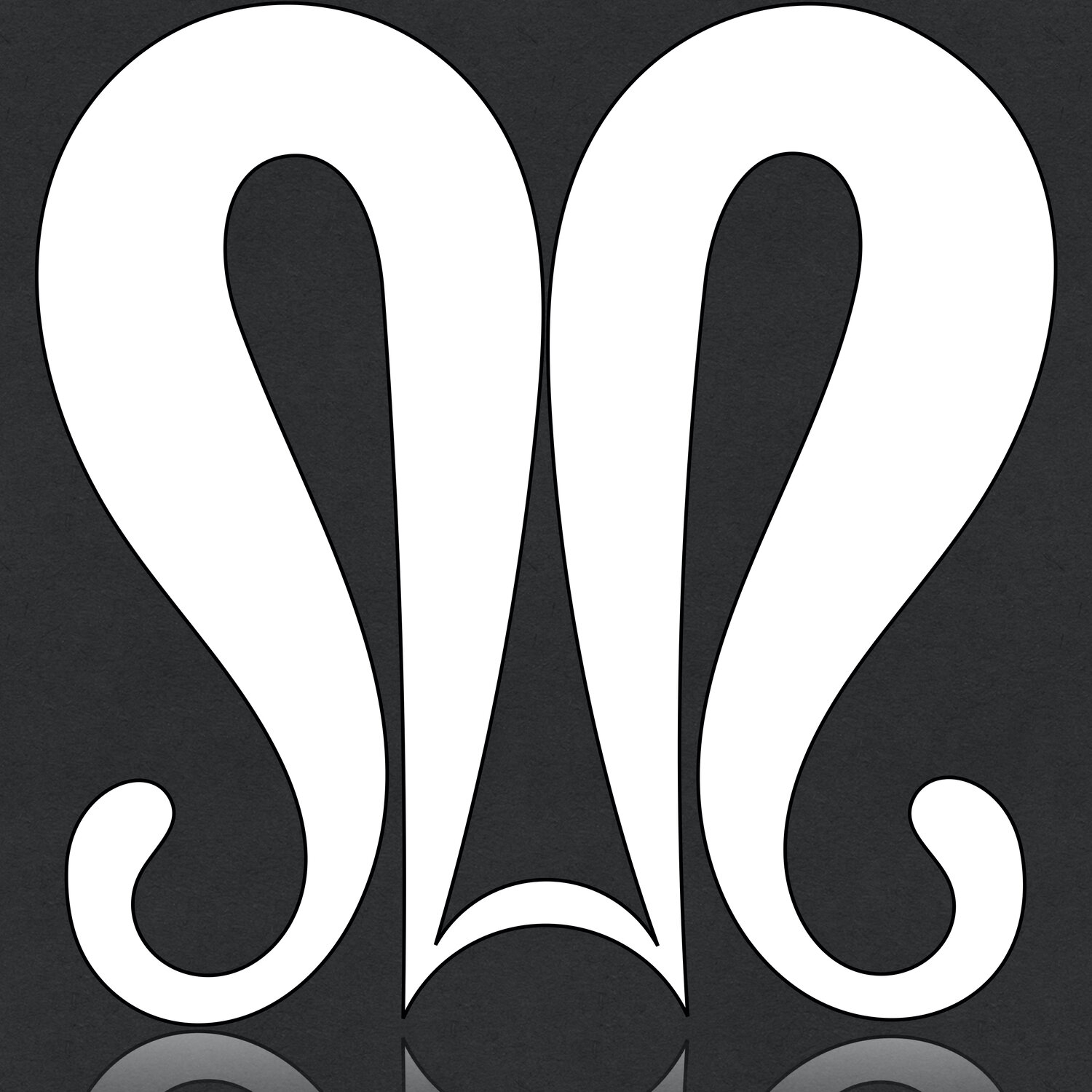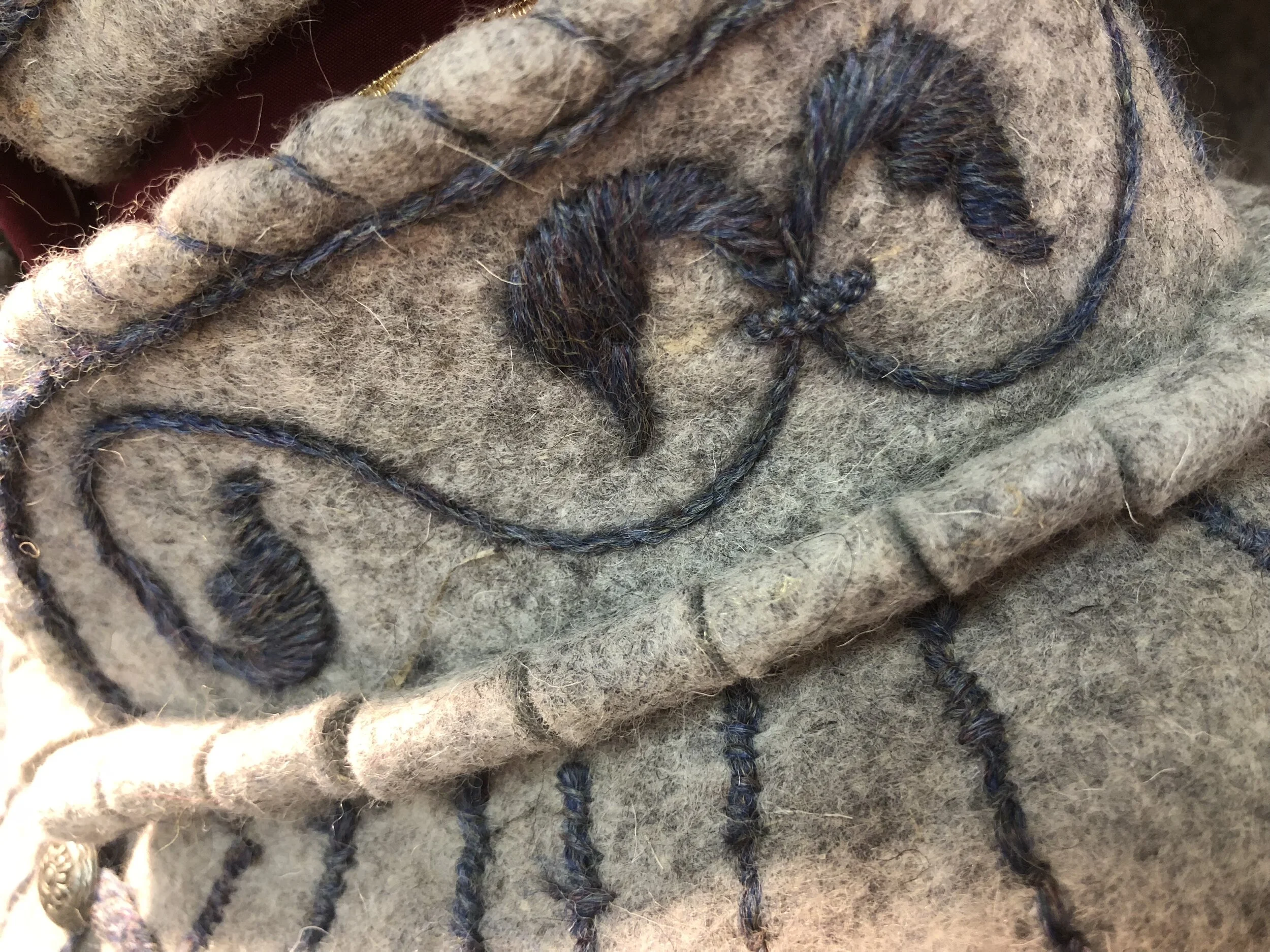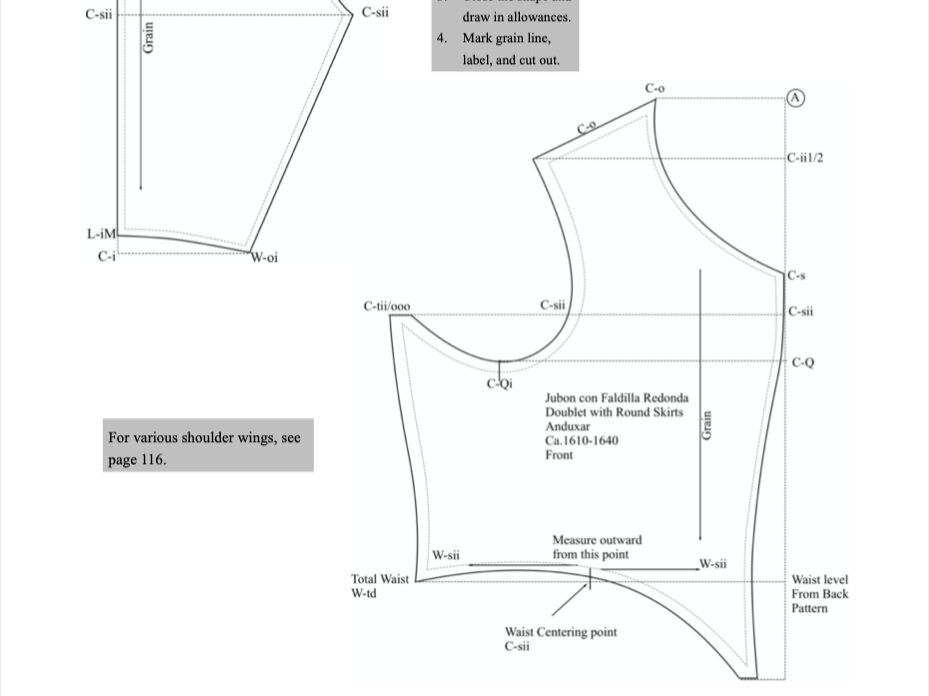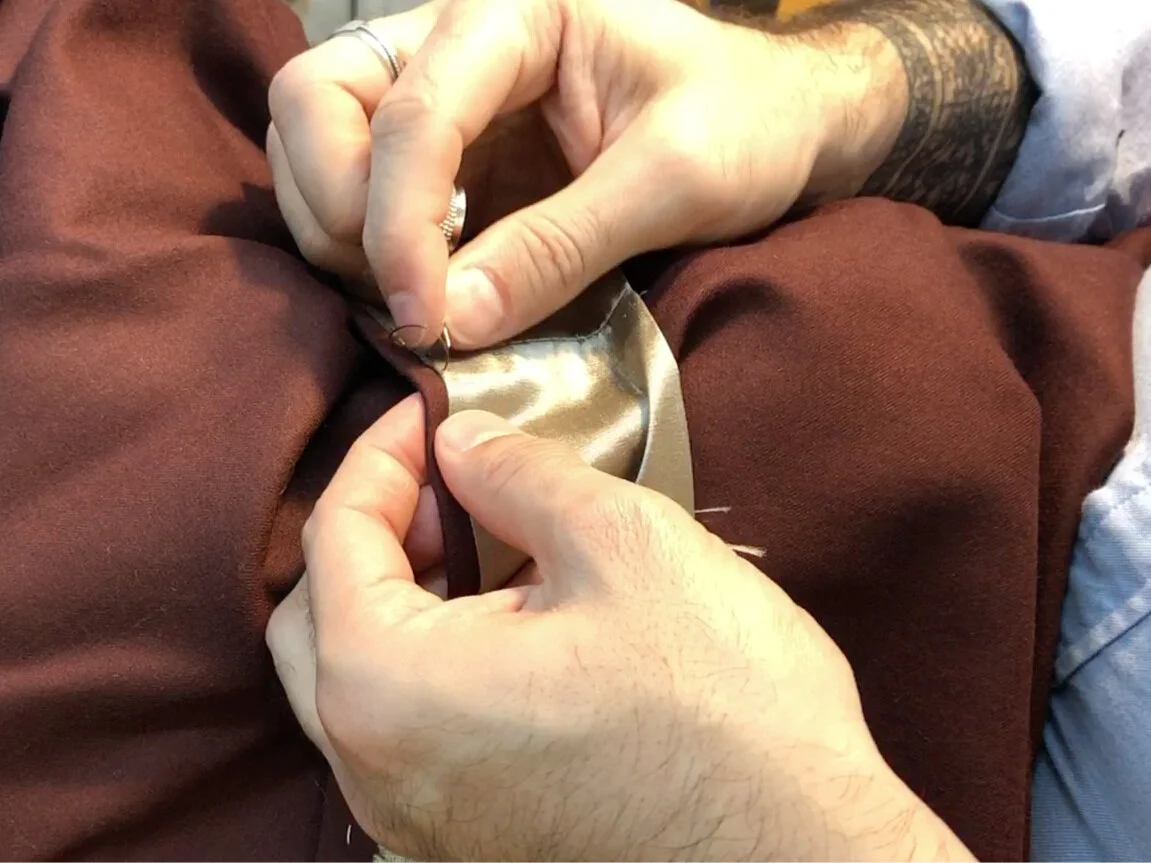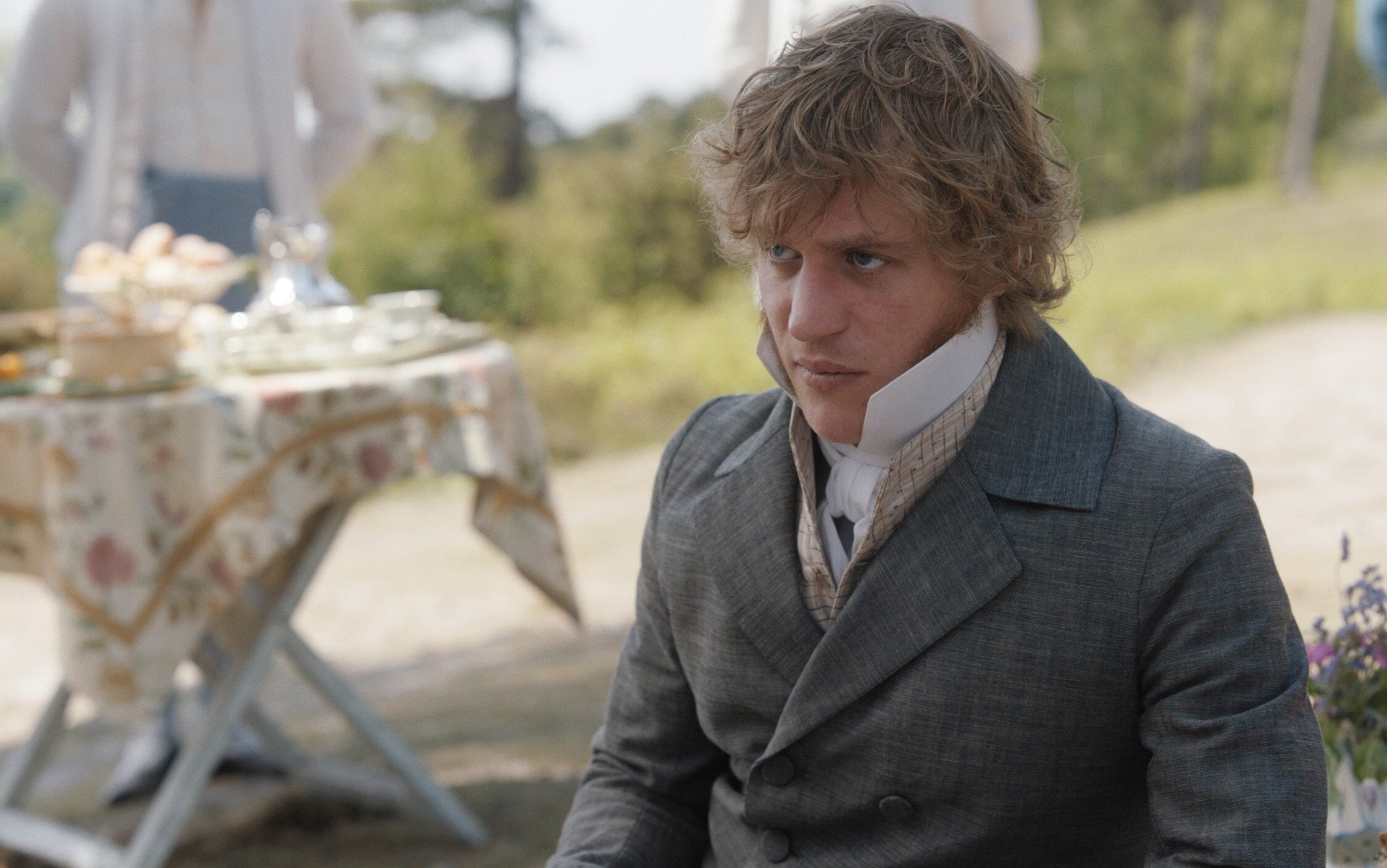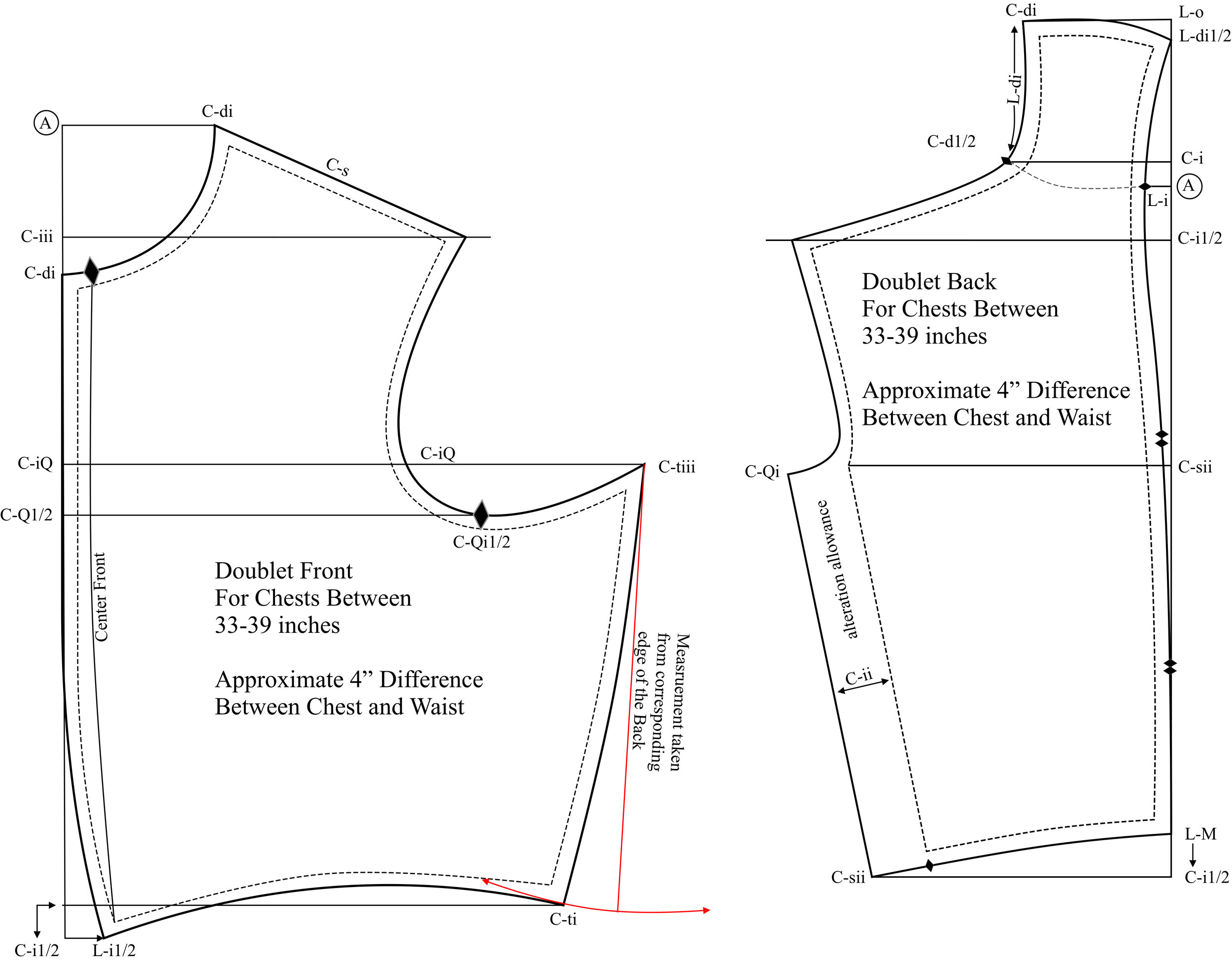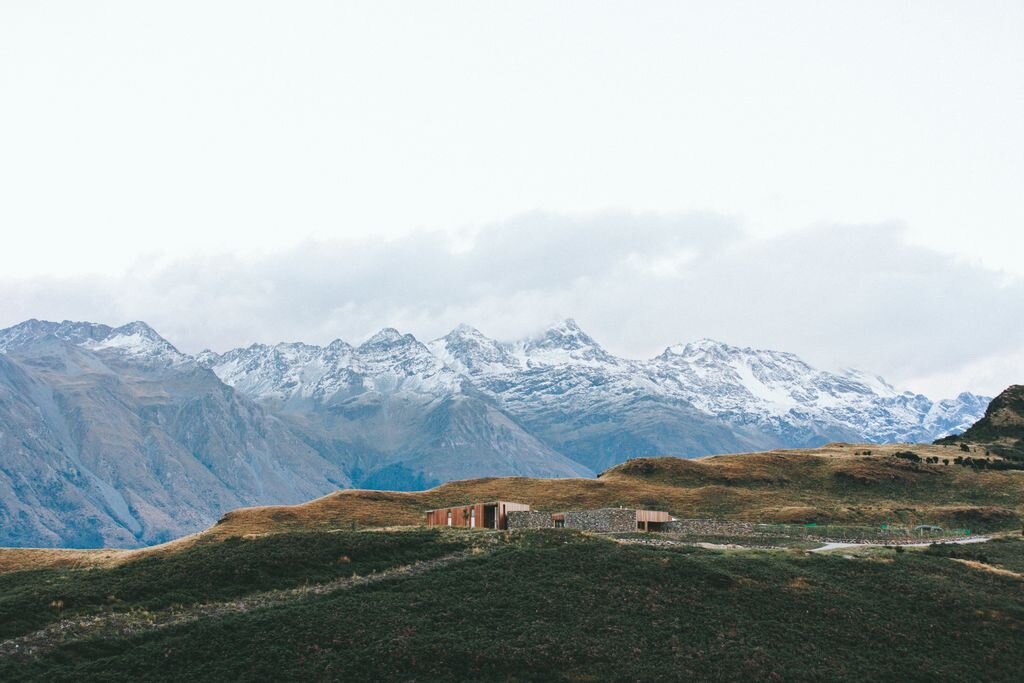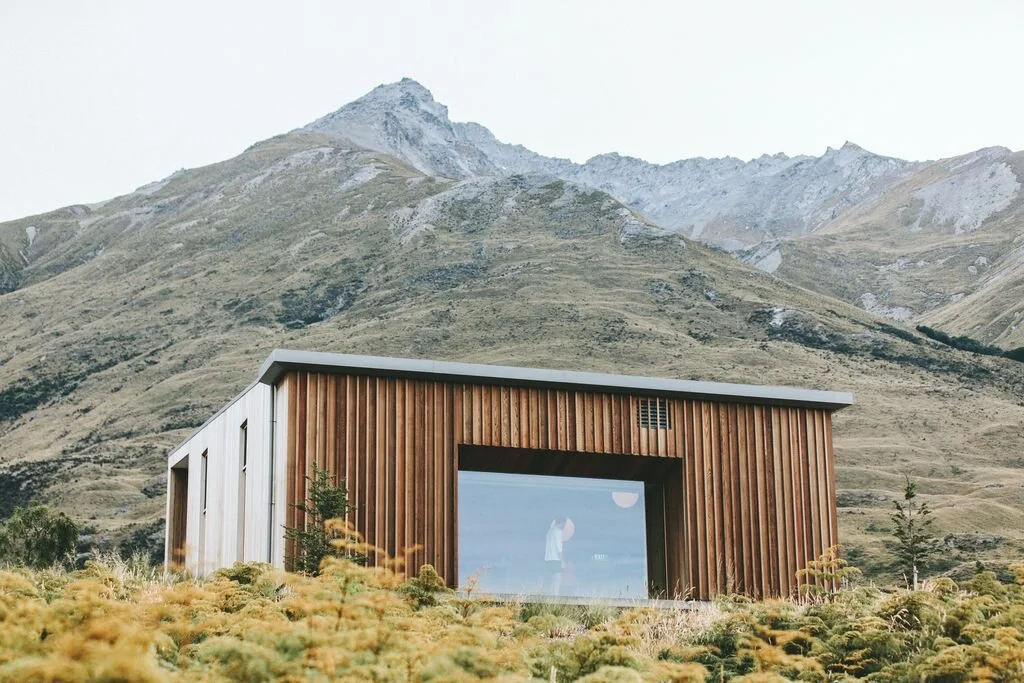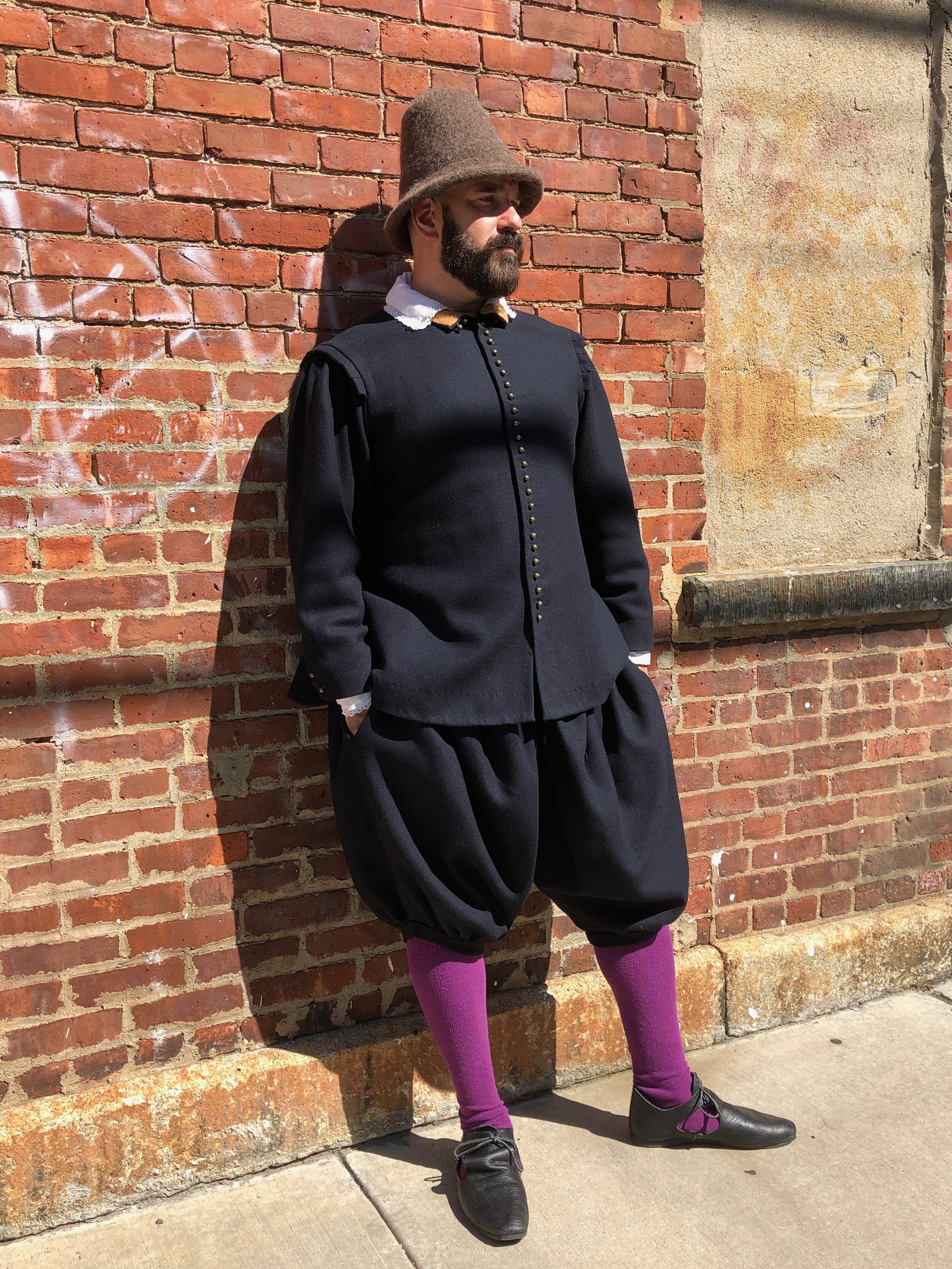
Historical Wardrobe
Whether you’re ready to design, pattern, or sew your historical clothing, this is the home-base for navigating your vision!
Design Development
It all begins with a great idea. You want to make something historical and make it well. Whether it is for fun, research, reenactment or all three, this is where good clothing starts. Design development is the key to making informed choices.
Make your pattern
Achieving a good pattern can happen in a number of ways. There are historical and modern methods. Each one has unique qualities. While they all work well, each of us eventually chooses a favorite and it becomes our strongest tool. From draping to drafting to proportion, you can find it here.
Stitch it
Whether working by hand or by machine, your garment has to be put together. In this section, you’ll learn over a dozen different hand sewing stitches as well as techniques to make your machine work go faster and last longer. Learn it here!
Historical Wardrobe Process Journal
Late 16th/Early 17th Century Tutorials and Research
The Doublet
Understanding the Doublet
Before you begin to make your doublet, it is important to understand its place in the historical wardrobe and the cultures in which it was worn. While the doublet may not be a world-changing garment, it was a staple in the historical closet. Learn about it here!
Woman’s Collarless Doublet Ca. 1640
This page has a series of video lessons that teach you, step by step, the process of making female-bodied doublet from around 1640. The doublet has no collar and is heavily formed and boned to allow for the most sculpted fit. The draft is taken from Geometria y Traça by Martin de Anduxar — 1640.
Doublet Patterns
Here you will find several different doublet patterns. Some of them are based on patterns taken from surviving garments and others are patterns from tailors’ manuals of the 1580s through 1630s. These patterns are notated in the Bara proportion system of drafting.
Male-Bodied Jacket “Freyle’s Ropilla ca. 1588-1600
A quick series of lessons that show you how to make this simple, elegant 16th century jacket. These techniques can be applied to any style of 4-panel jacket or gown. This series of videos is packed with tailoring skills.
1600-1618 Doublet Tutorial
This page has a series of 10 video lessons that teach you, step by step, the process of making an un-padded doublet from 1600-1618. The draft is taken from Geometria y Traça by Francisco de la Rocha de La Burguen — 1618.
Breeches
Understanding Breeches
Before you begin your breeches, it is important to learn about the different styles, how they were worn and what they’re expected to do. You can learn that here.
Make Your Pattern
A good breeches pattern, with the right drape and proportions, can be hard to find. In this section, you’ll find patterns for several different styles. Some of these shapes are based on patterns from surviving garments and others come to us from the aged pages of late 16th/17th century tailor’s manuals. Whatever you choose, this is the place to find them. All of these patterns are notated in the Bara proportionate system of drafting.
Make Your Breeches
This photo tutorial will take you, step by step, through the process of making a basic set of breeches. There are notes and additional photos that will teach variations for other styles. Whatever style you choose, there are steps and processes which don’t change from one style to the next.
Stays/Corsets/Bodies
Understanding Early 17th Century Stays
Before you begin to make your stays, have a read through this document which discusses the place of stays in the wardrobe as well as historical alternatives for support and comfort. Not all women wore boned version of this garment. Learn more about it here.
Make Your Pattern
Whether you’re making un-boned, tailor-stiffened, or tabbed stays, this is your page to find the patterns and drafting tutorials. All of these patterns are notated in the Bara proportionate system of drafting.
1560-1630 Stays/Pair of Bodies
This series of three videos will teach you how to make a pair of early 17th century stays. From drafting the pattern through making the final eyelet, every step is shown.
Skirts and Petticoats
Understanding Skirts and Petticoats
Before you launch into your skirt project, you should have a quick read about the role of skirts in the wardrobe of the era. this will help you solidify certain questions that you should be asking before you begin. How many layers of skirts do you plan on wearing? What styles will you need? Learn the answers to these questions here.
Over Skirt 1560-1640
Whether worn as a petticoat or over skirt, these three videos will take you step by step through the process to making a substantial garment which drapes well, is strong and durable and looks like you’ve stepped out a painting.
Skirt Patterns
Overskirts and petticoats, though not complicated, still need a good pattern with attention paid to specific points of fullness and balance. You can find your style here.
1560-1640 Wrap-Skirt Petticoat
This style of petticoat was so common during the era, even if your house was burning down, you’d be indecent to run out the door without one. They were so important in the layering, they’re still worn in parts of Spain as an element of traditional costume.
14th/15th Century Clothing
Coming This Winter-2020
The Magic Moment of the 14th Century
The 14th century and early 15th century are well known among historical clothing enthusiasts. The brilliance of the gown construction for men and women was top notch. Toward the end of the century a transition begins that reaches its zenith in the 15th century.
15th Century Fierce
The origins of tailoring as we know it began here in the 15th century. As rectangular construction began to fall out of favor, closer fitting garments, cut to shape, began to take over the fashion of the time. Come with us on the journey to explore the techniques of tailoring as they emerge in the 15th century.
Projects
Many people have studied this era and on this part of the site, you’ll find some photo-diaries of their work. They will take you on an adventure and show you the trials, failures and successes as they attempt to discover the “right” way to make these clothes.
18th Century Tutorials and Research
The Caraço Jacket
The Caraço Jacket
Understanding the nature of your favorite items of clothing is the best place to start. Too often we are wooed by the loveliness of the things we want to make and skip the part where we learn about its place in history. For the Caraço jacket, this article on the FIT university website is a good place to start.
Make your pattern
We will explore a few different ways to achieve a pattern for one of these jackets. But at the heart of each method is the idea that you should be able to draft one to fit you, or for whomever you’re sewing. Get your rulers, proportion tapes and pencils ready and come with us on a simple but classy sewing adventure!
Sew it together
Every stitch we take is a tribute to the enduring allure of the work of our forebears. Were it not for their diligent and precise work, these garments wouldn’t have lasted long enough for us to know so much about them. Practice, mock up and complete your very own Caraço jacket.
19th Century Tutorials and Research
Coming this Fall-2020
Dream it.
It all begins with an idea. Maybe you want to launch a business. Maybe you want to turn a hobby into something more. Or maybe you have a creative project to share with the world. Whatever it is, the way you tell your story online can make all the difference.
Build it.
It all begins with an idea. Maybe you want to launch a business. Maybe you want to turn a hobby into something more. Or maybe you have a creative project to share with the world. Whatever it is, the way you tell your story online can make all the difference.
Grow it.
It all begins with an idea. Maybe you want to launch a business. Maybe you want to turn a hobby into something more. Or maybe you have a creative project to share with the world. Whatever it is, the way you tell your story online can make all the difference.
Clothing: 1900-1940
Dream it.
It all begins with an idea. Maybe you want to launch a business. Maybe you want to turn a hobby into something more. Or maybe you have a creative project to share with the world. Whatever it is, the way you tell your story online can make all the difference.
Build it.
It all begins with an idea. Maybe you want to launch a business. Maybe you want to turn a hobby into something more. Or maybe you have a creative project to share with the world. Whatever it is, the way you tell your story online can make all the difference.
Grow it.
It all begins with an idea. Maybe you want to launch a business. Maybe you want to turn a hobby into something more. Or maybe you have a creative project to share with the world. Whatever it is, the way you tell your story online can make all the difference.
